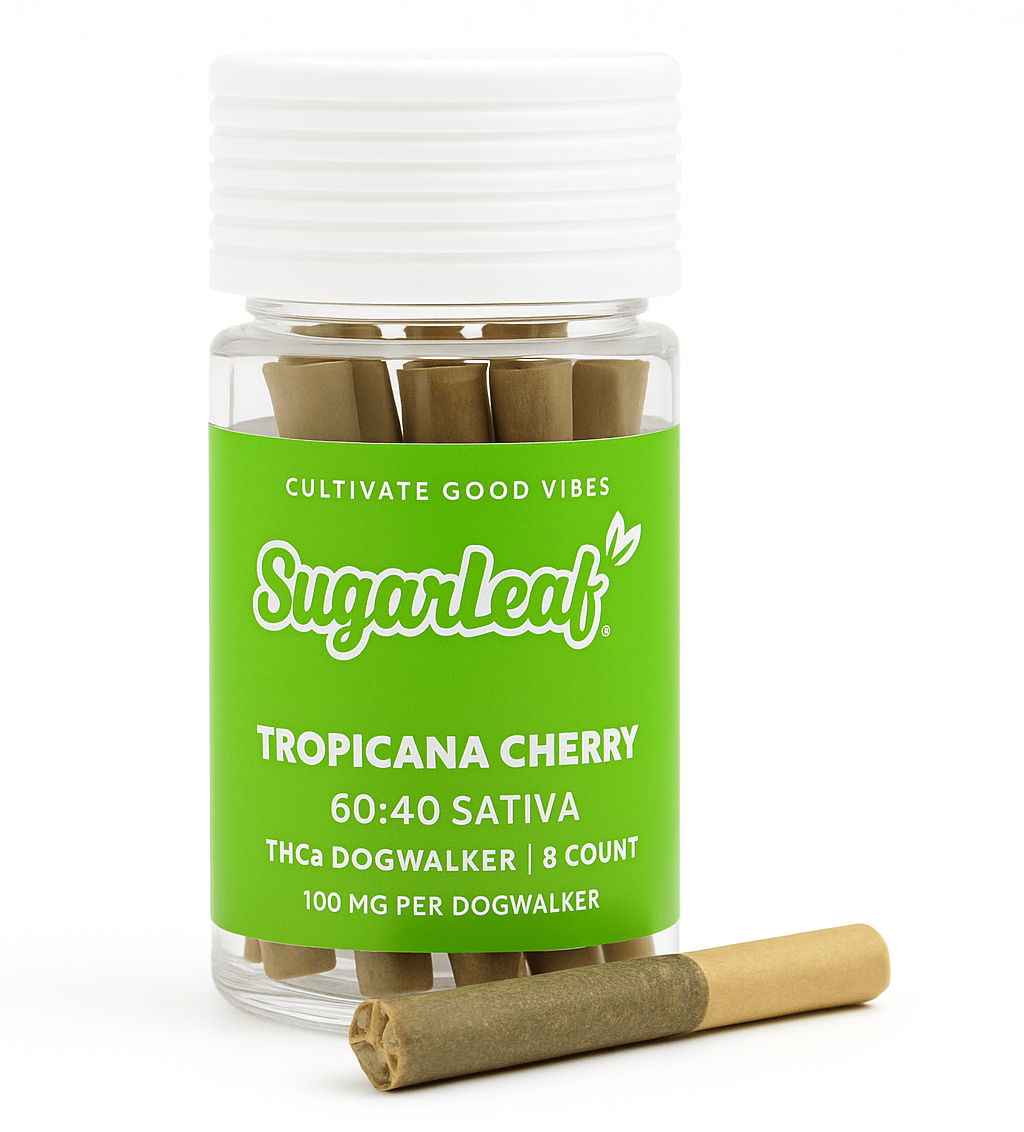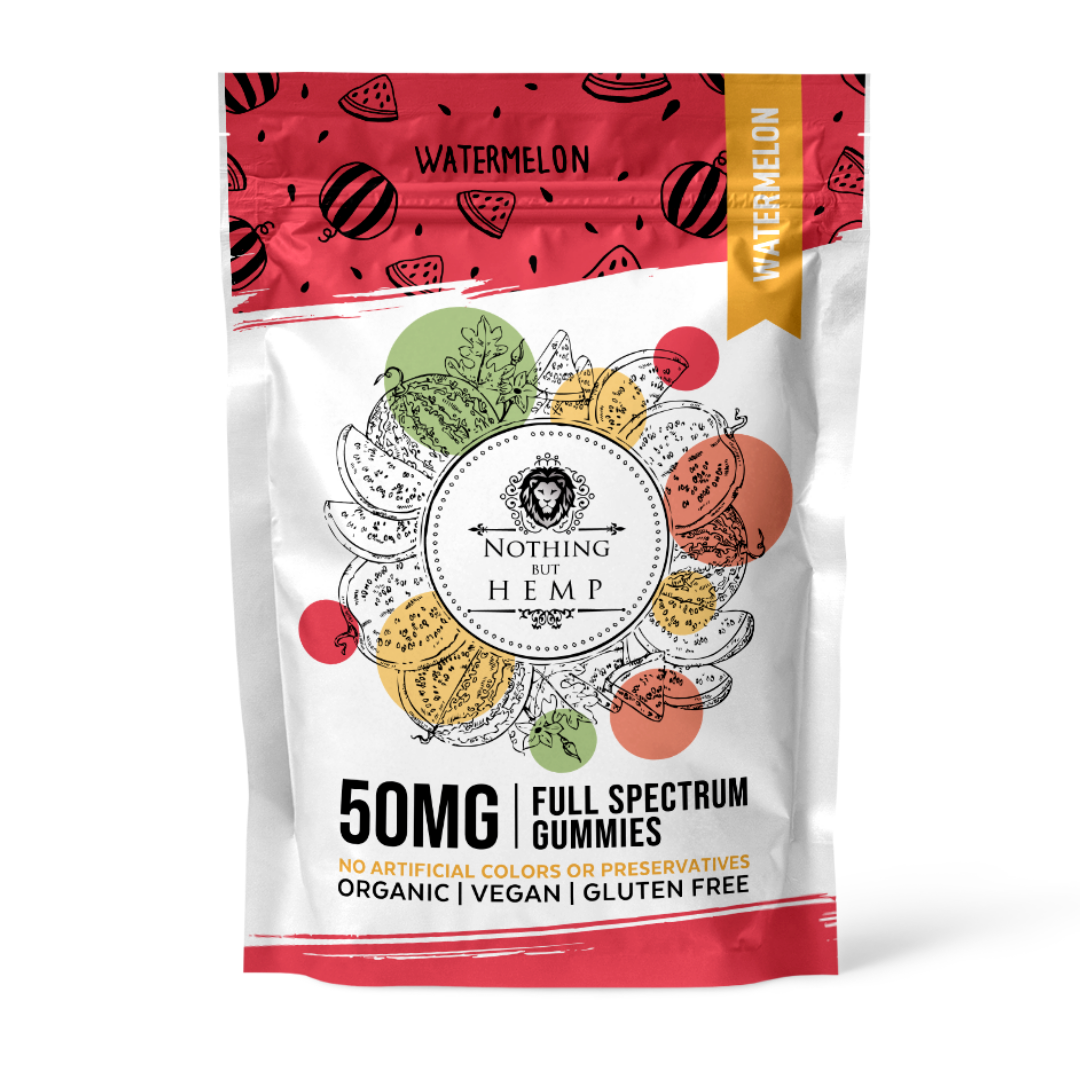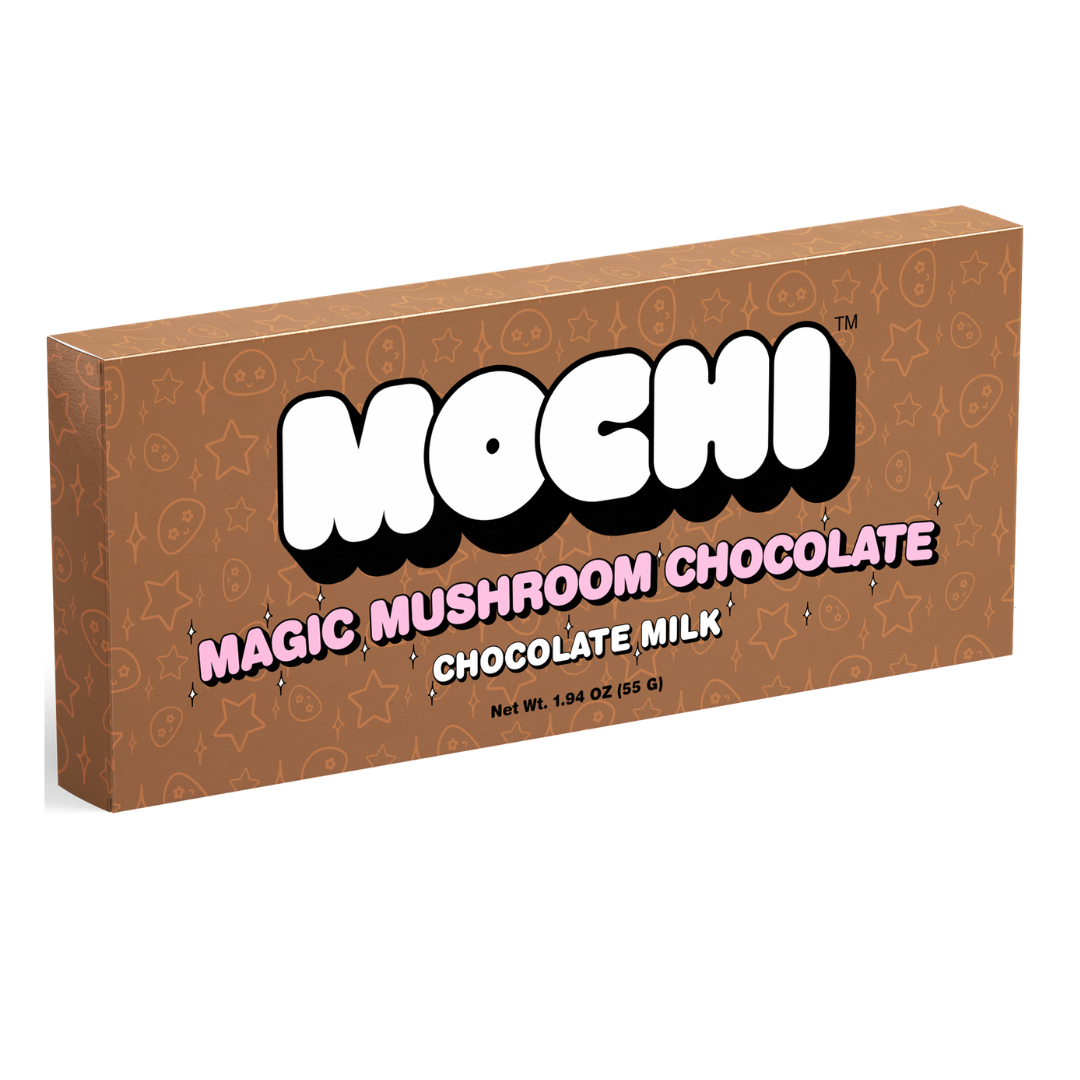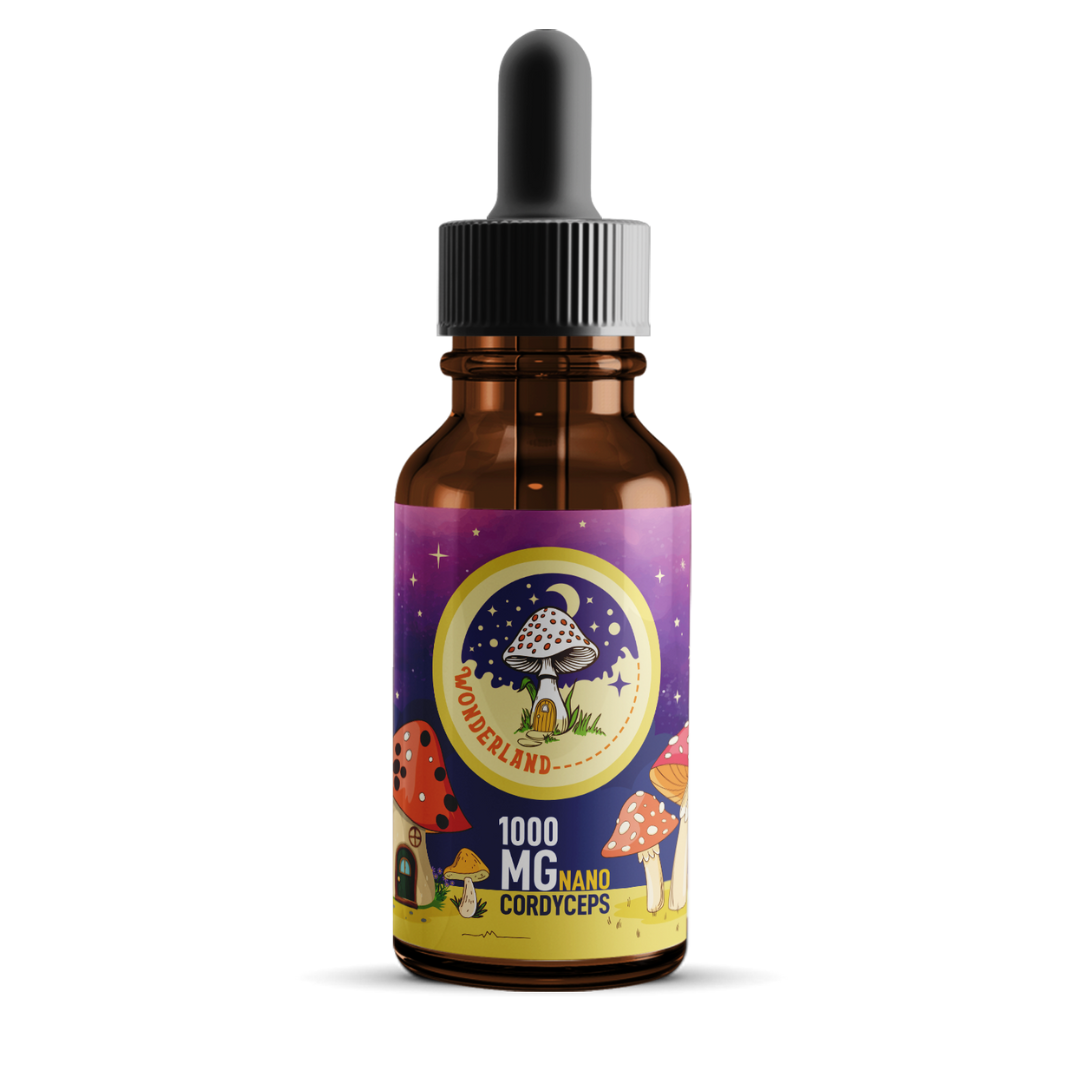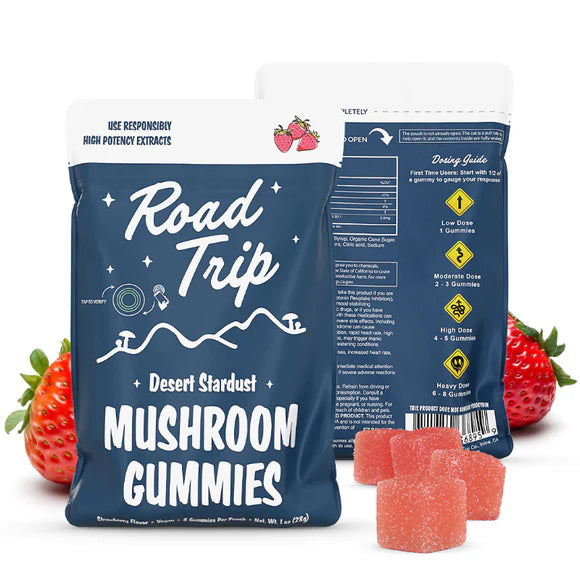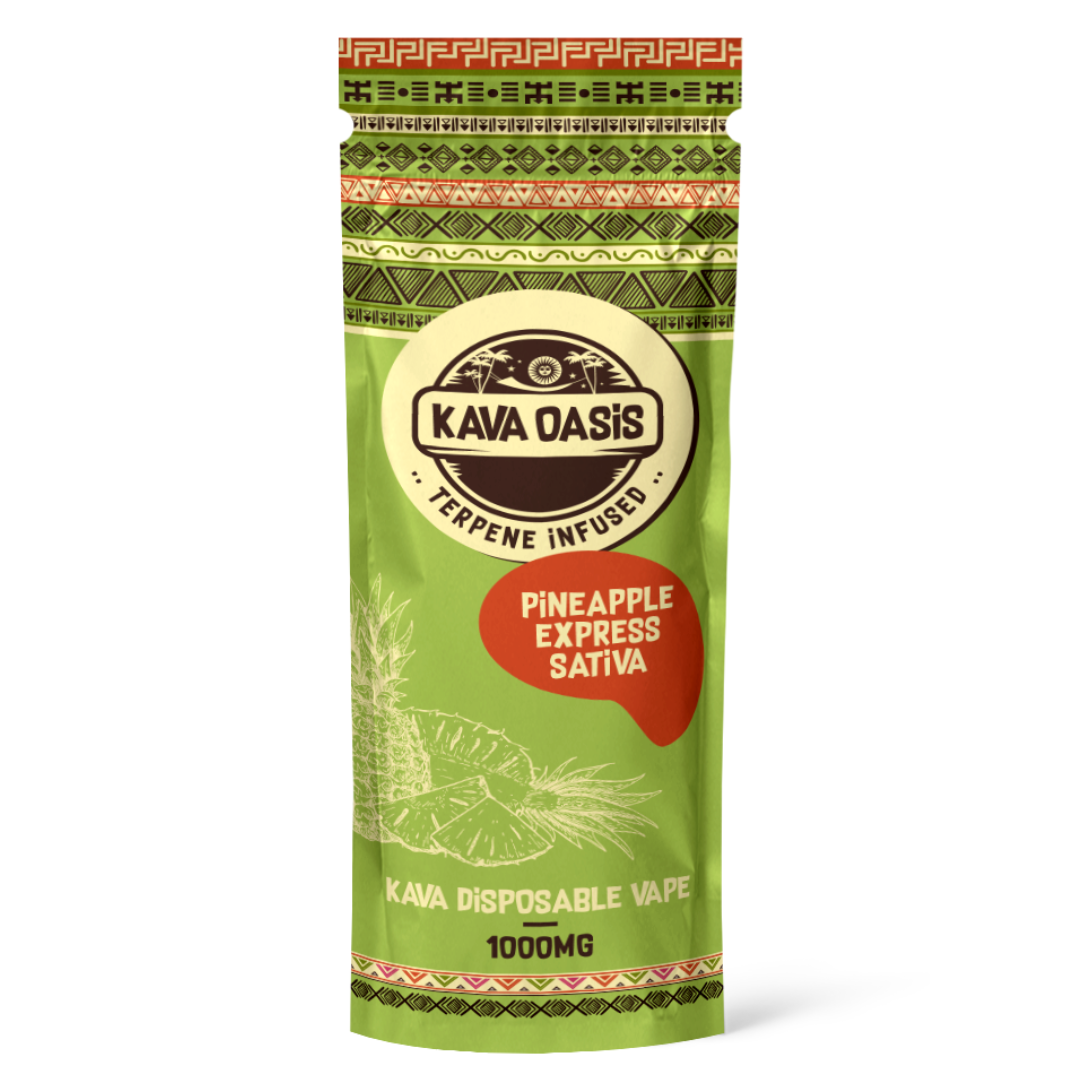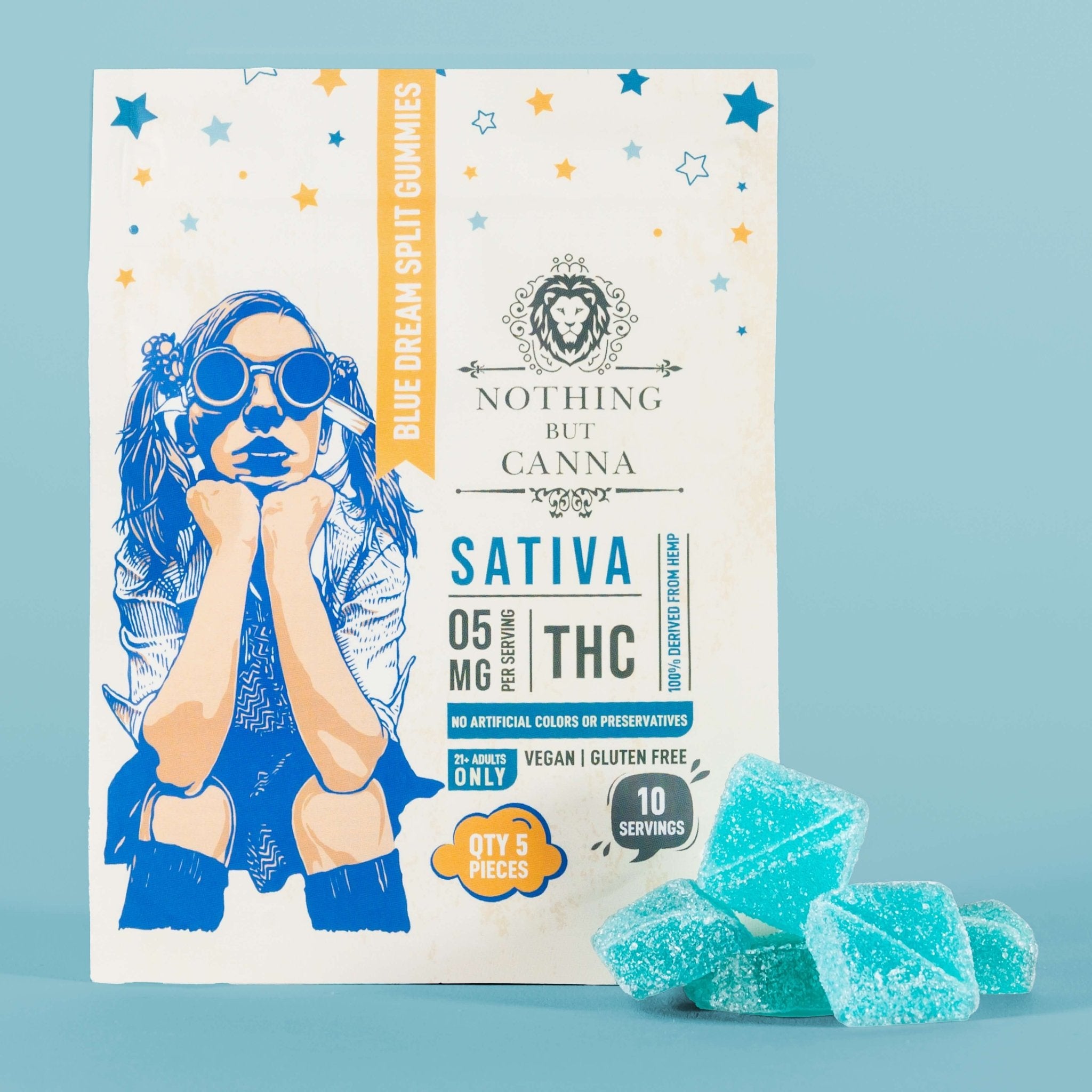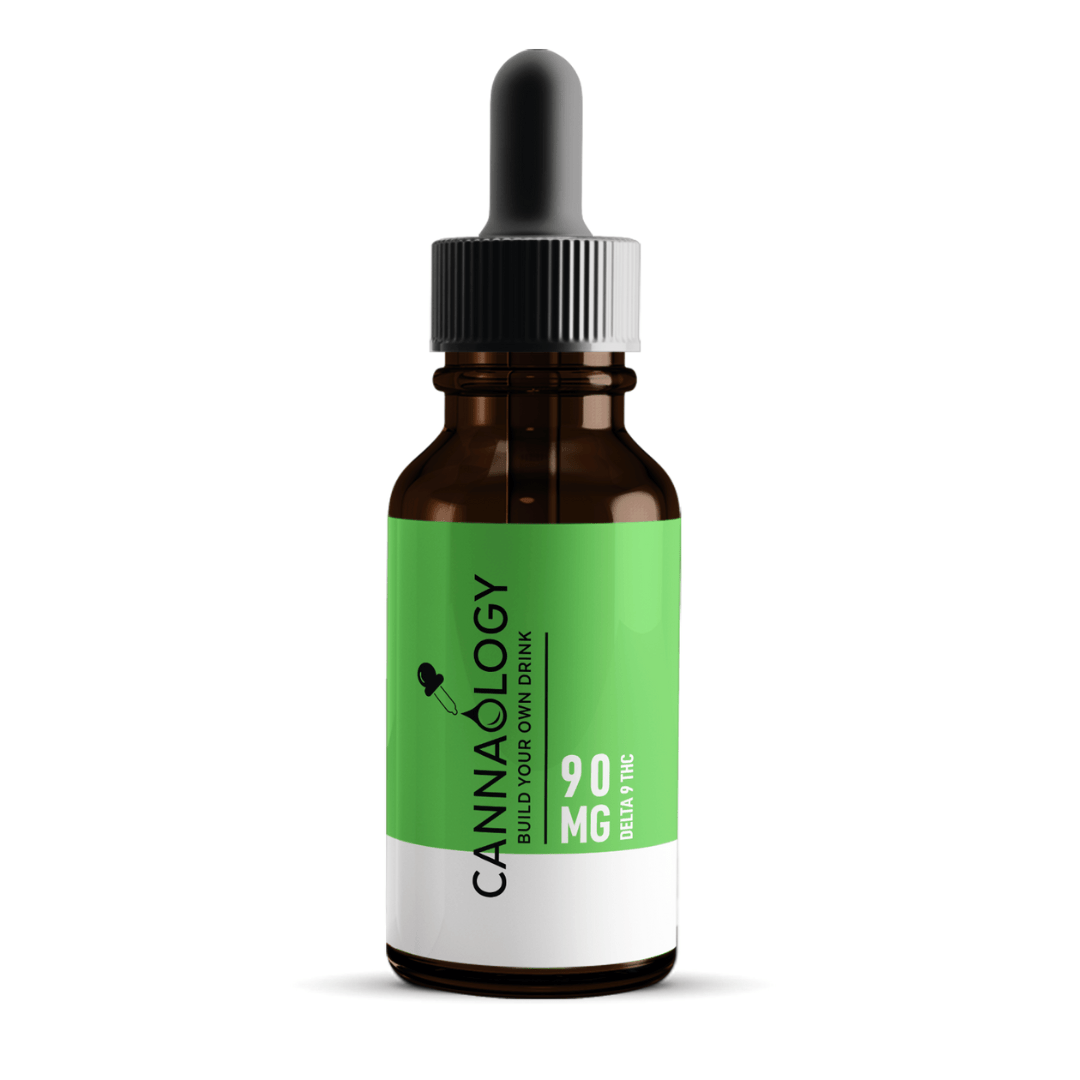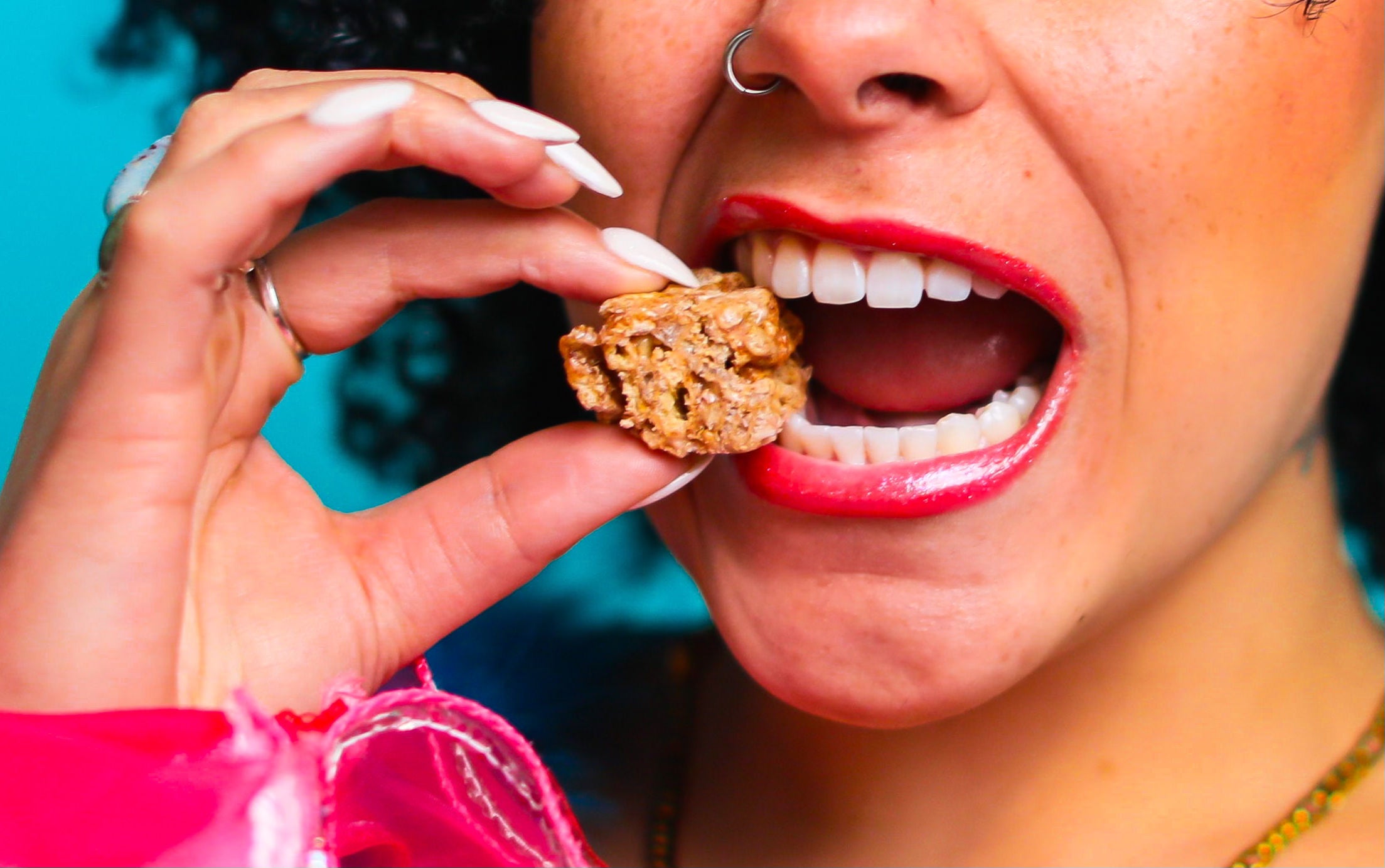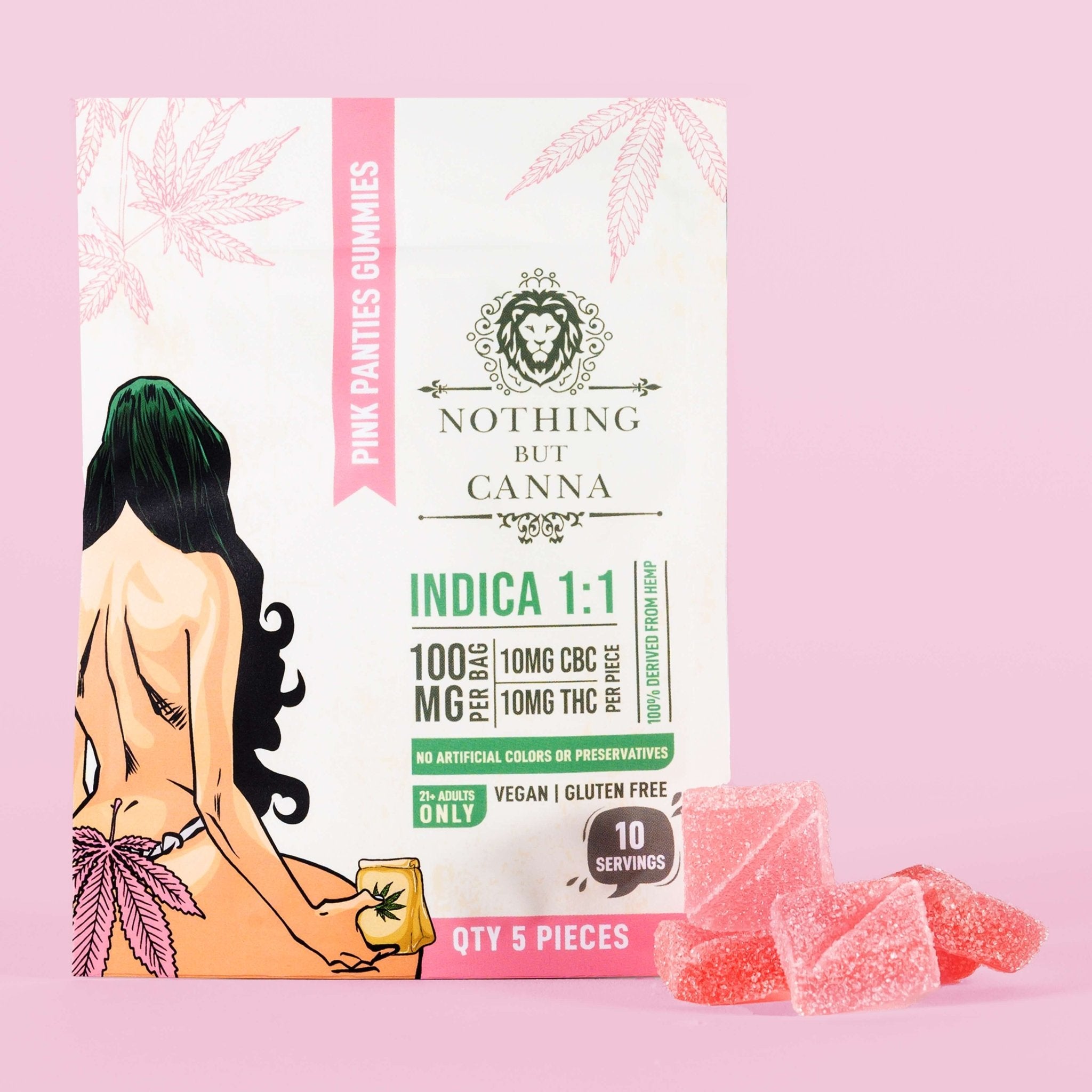The cannabis industry has weathered constant change, evolving regulations, and a patchwork of state-by-state legality. But the emerging “Hemp Ban”—proposed Farm Bill amendments and related federal policy pushes—may be the most consequential shift since the 2018 Farm Bill itself. And make no mistake: this isn’t just a hemp problem.
It threatens genetics, seeds, breeding, and the scientific foundation of the entire cannabis supply chain.
And last night at Canna Connect, during a conversation with Kasey (KC) Kollross—a respected NCIA Hemp Committee Member—that reality hit even harder.
KC laid out in plain terms what many in the marijuana industry have completely missed:
If this Hemp Ban passes as currently written, it will backfire spectacularly on marijuana operators.
While some in the marijuana space are celebrating—believing a hemp crackdown removes a competitor—they should slow down and look closer.
Because the details tell a very different story.
What Is the Hemp Ban? A High-Risk Redefinition of Cannabis
The “Hemp Ban” refers to proposed federal changes that would:
-
Redefine hemp more narrowly
-
Count all THC (including THCA) toward the 0.3% limit
-
Criminalize many hemp products now considered legal
-
Potentially classify high-THC-potential plants, seeds, and genetics under Schedule I
This move goes far beyond banning intoxicating hemp gummies or THCA flower. It fundamentally rewrites what cannabis is under federal law.
And those changes reach deep into the foundation of both hemp and marijuana.
Especially genetics.
Why Seeds and Genetics Are Suddenly at Risk
The 2018 Farm Bill made hemp—and therefore cannabis seeds—legal as long as the seeds contained less than 0.3% delta-9 THC.
This is why growers can openly sell and ship seeds for cultivars that will later express high THC levels once grown.
But the Hemp Ban flips this system upside down.
Under the proposed changes, seeds may be classified based on the THC potential of the plant—not the THC content of the seed.
That means:
-
High-THC cannabis seeds become Schedule I substances
-
Seed banks require federal (DEA) licenses
-
Interstate seed commerce becomes illegal
-
Breeding between hemp and marijuana genetics becomes a criminal risk
-
Maintaining genetic libraries without federal approval becomes prohibited
-
Universities and research programs shut down cannabis breeding projects
KC Kollross emphasized this exact danger during our discussion:
“If they go after genetics, they’re not just banning hemp edibles—they’re banning the foundation of the entire cannabis plant.”
This is not an exaggeration.
This is the literal outcome spelled out by how the proposed language works.
A Federal Crackdown on Genetics Hurts Marijuana First, Not Hemp
While some marijuana companies see the hemp crackdown as a way to eliminate the THCA flower competition, KC offered a crucial warning:
“Marijuana relies on hemp genetics more than most people realize.”
Here’s why.
1. The gene pool is shared
Hemp and marijuana are not different species. They are both Cannabis sativa L.
The difference is legal, not biological.
Breeders constantly cross:
-
Marijuana strains with hemp for stability
-
Hemp with marijuana for minor cannabinoids
-
Hemp with marijuana for pest resistance
-
Hemp with marijuana for terpene expression
Schedule I genetic restrictions choke the entire evolutionary process of cannabis horticulture.
2. Marijuana innovation depends on open genetics
Every premium strain—every cultivar consumers line up for—exists because breeders had the freedom to innovate with genetics.
If genetics become federally controlled:
-
No new strains
-
No new terpene profiles
-
No new minor cannabinoid expressions
-
No cross-state breeding partnerships
-
No genetic imports
-
No open-source cultivars
The future of cannabis becomes stagnant overnight.
3. MSOs will face their own restrictions
DEA-regulated seed systems will require:
-
Inventory audits
-
Seed tracking
-
Genetic registries
-
Federal facility controls
Even state-licensed marijuana grows will have to comply.
In other words, the Hemp Ban could accidentally federalize the marijuana seed supply chain—even in states where cannabis is legal.
The Potential Schedule I Disaster: What Happens If Seeds Are Criminalized
If high-THC-potential seeds become Schedule I, the fallout is massive.
Possession becomes a federal crime
Even if the seed contains zero THC.
Interstate seed sales end
Seed companies shut down or go underground.
Breeding becomes regulated by the DEA
No joke—cannabis breeders would need the same licensing used for heroin research.
Genetic imports stop
No more shipping genetics from Europe, Canada, or South America.
Libraries of mother plants become federally restricted
Losing a mother plant means losing a cultivar forever.
It destroys innovation
No new crosses. No new trends. No future.
KC said it best:
“People cheering this on don’t understand what they’re cheering for.
If hemp falls, marijuana is next, and genetics fall first.”
Marijuana Companies Celebrating the Hemp Ban Are Missing the Point
Some players in the marijuana space think eliminating hemp intoxicants is a business win.
In reality, they’re celebrating a trap.
They think they’re eliminating competition.
They’re actually eliminating their own seed supply chain.
The impact includes:
1. Loss of Breeding Innovation
Every award-winning strain in the last decade came from open-source genetic exchange.
2. Increased Federal Scrutiny
If seeds are Schedule I, marijuana cultivators must meet federal handling requirements—even if their state is fully legal.
3. A Sudden Collapse of Biodiversity
-
Landrace strains
-
Specialty terpenes
-
Minor cannabinoid strains
-
Unique phenos
-
Heirloom genetics
—all at risk.
4. A Surge in the Illicit Market
When you criminalize genetics, you create bootleg breeding.
5. Slower Path to Federal Legalization
Rescheduling or legalization becomes harder if part of cannabis is pulled deeper into Schedule I.
The Hemp Ban harms every segment of the marijuana supply chain.
A Shared Warning from NCIA’s Hemp Committee
NCIA’s Hemp Committee—including advocates like KC Kollross—has been sounding the alarm for months:
**Hemp and marijuana cannot be separated at the genetic level.
Regulating one always impacts the other.**
This is why the marijuana industry must stop viewing hemp as a rival and start viewing it as:
-
A genetic partner
-
A research partner
-
A breeding partner
-
A supply chain partner
-
A legislative ally
KC emphasized that the real threat is federal reinterpretation of cannabis as a whole, not just hemp-derived cannabinoids.
The moment lawmakers start regulating cannabis by genetic potential, the entire plant becomes “marijuana” in the eyes of the DEA.
And that is a disaster scenario for every operator—from micro grows to multistate operators.
Economic Fallout: Billions in Risk Across Both Sectors
The hemp industry contributes billions in:
-
Seeds
-
Genetics
-
Farming
-
Processing
-
Manufacturing
-
Retail
-
Extraction
-
Contract growing
But marijuana’s economic stability is tied directly to that infrastructure.
If hemp seed companies collapse:
-
Marijuana breeders lose their partners
-
Genetic libraries shrink
-
Extraction labs lose feedstock
-
Innovation slows
-
Licensed grows lose access to new cultivars
-
Market diversity disappears
This is what happens when lawmakers criminalize the building blocks of cannabis.
A Science-Based Perspective: The 0.3% Rule Was Always Flawed
The real issue is scientific.
The distinction between hemp and marijuana is arbitrary.
The 0.3% rule began as:
-
A random academic suggestion
-
Based on outdated cannabinoid testing methods
-
Never intended to be law
-
Not reflective of plant biology
If lawmakers begin regulating seeds by potential THC, then:
-
All cannabis becomes marijuana
-
All cannabis becomes Schedule I
-
All cannabis requires DEA oversight
And as KC stressed:
“We’ve been fighting for decades to get cannabis out of Schedule I.
These amendments put parts of it right back in.”
What the Industry Must Do Next: Unity or Extinction
The cannabis industry needs a unified front—hemp and marijuana together—or both sides lose.
1. Advocate Immediately
Support groups pushing back on harmful federal amendments.
2. Stop Infighting
The “hemp vs. marijuana” war only weakens both sides.
3. Promote Science, Not Fear
Finished products should be regulated—not seeds and not genetics.
4. Educate Lawmakers
Most have no idea how cannabis genetics work.
5. Protect Seeds as Agricultural Material
Seeds must remain federally legal to allow:
-
Breeding
-
Research
-
Innovation
-
Plant improvement
-
Biodiversity
6. Align Hemp and Marijuana Messaging
The industry must speak with one voice:
“Schedule I genetic restrictions are unacceptable for any part of cannabis.”
Conclusion: The Hemp Ban Is a Threat to the Entire Cannabis Ecosystem
What started as a conversation at Canna Connect with KC Kollross, an NCIA Hemp Committee Member, highlighted an urgent truth:
This is not a hemp fight.
This is a cannabis fight.
And the entire industry is at risk.
If genetics and seeds become Schedule I:
-
Breeding collapses
-
Innovation dies
-
Research halts
-
Seed companies vanish
-
Marijuana cultivators lose their genetic pipeline
-
Federal control expands
-
Cannabis biodiversity shrinks
-
Prohibition tightens
Anyone celebrating the Hemp Ban has not read the details—or does not understand the consequences.
The industry must unite now, because if hemp genetics fall, marijuana genetics fall with them.
And once genetics are gone, the future of cannabis disappears with them.




